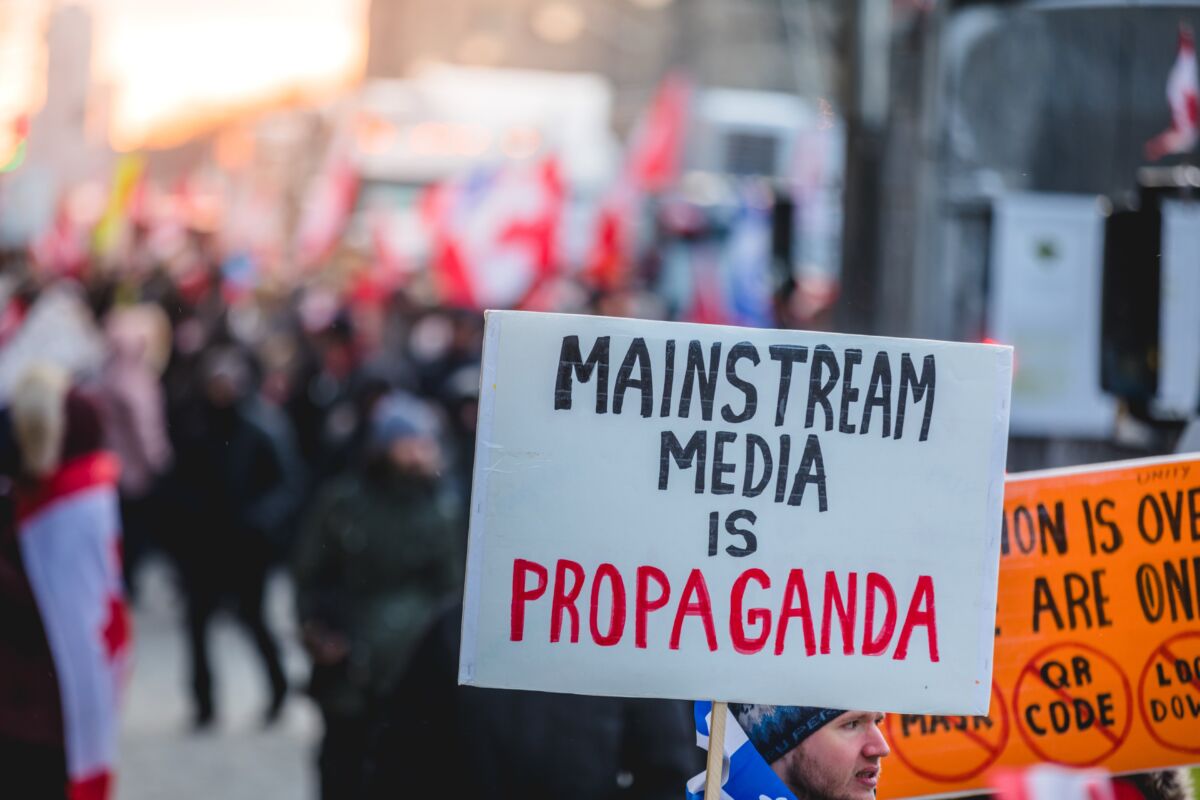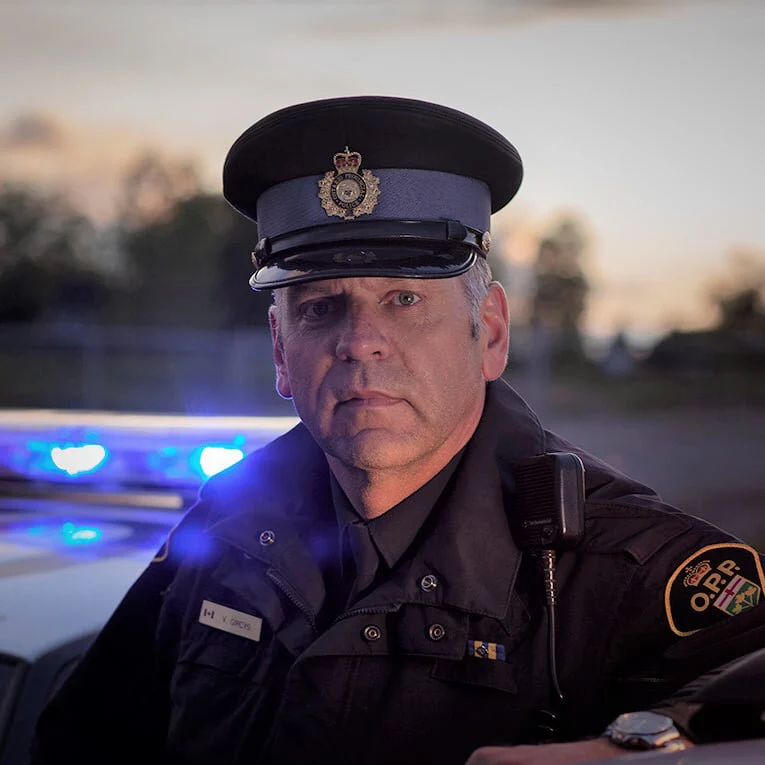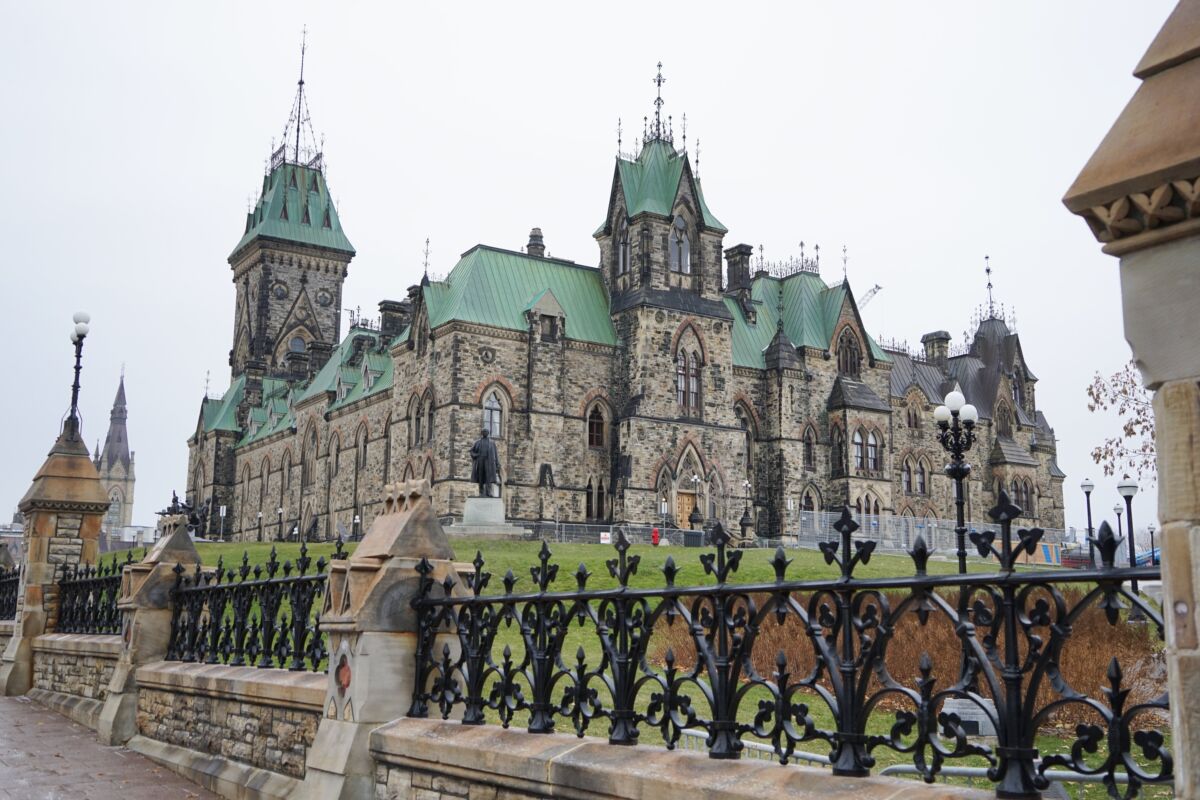Everything They Told You About the Convoy Was a Lie
By Stevland Ambrose | stevland.substack.com
“I used to imagine that, in a tyranny, people were united against their oppressors. But now I realize that tyranny turns people against one another, making some glad, even ecstatic, to witness the excessive punishment of those they have been taught to hate.”
~Janice Fiamango, professor emerita, University of Ottawa
Today I came across something that deepened a feeling I’ve held for a long time: redemption.
I just discovered Project Natterjack—the RCMP’s internal after-action review of the 2022 Freedom Convoy. Though it was quietly published in 2024, I hadn’t heard of it until now. And like so many revelations over the past two years, it only strengthens what I already knew in my bones back then.
When the Convoy began, I didn’t know how it would unfold. I couldn’t predict whether it would stay peaceful, whether something would go wrong, or whether I’d later regret speaking up. But I saw the propaganda for what it was: overheated, coordinated, and weaponized. Claims of arson, vandalism, white supremacy, terror plots—all delivered with theatrical certainty and zero scrutiny.
I took a risk in defending the Convoy while the events were still unfolding. I didn’t have access to the full picture. But I trusted my instincts. And in the end, I never felt the need to backpedal. Because nothing ever happened that justified the hysteria. The protest remained peaceful. It remained grounded. And it was legal.
Don’t lose touch with uncensored news! Join our mailing list today.
That’s not my opinion. That’s the ruling of Justice McLean of the Ontario Superior Court, issued during the Convoy itself. Despite how many times Trudeau, Jagmeet Singh, and others declared it an “illegal occupation,” it wasn’t.
And the evidence just kept mounting.
Through the Public Order Emergency Commission (POEC), we learned:
- CSIS had told the government in advance that there was no evidence of foreign influence or terrorism funding.
- FINTRAC had found no spike in suspicious transactions linked to Convoy fundraising.
- OPP intelligence officers had stated plainly: no credible threat of extremist violence.
Then, in 2024, Justice Mosley of the Federal Court ruled that invoking the Emergencies Act was unconstitutional, unreasonable, and illegal.
And now, Project Natterjack reveals that federal officials pressured RCMP intelligence analysts to frame the protest as “ideologically motivated violent extremism”—even though that designation didn’t fit. Analysts were flooded with hourly briefing demands, rushed into producing assessments, and in some cases, reports were misattributed or distorted to fit political expectations.
Even more disturbingly, RCMP officers on the ground suspected that the now-infamous swastika photo was staged—possibly orchestrated for media optics. Yet no one in law enforcement or mainstream media appeared interested in verifying who the flag-bearer was or why they vanished, despite the photo being used in Parliament to justify invoking emergency powers.
That absence of curiosity was the point.
And the persecution continues.
Convoy organizers like Tamara Lich and Chris Barber remain entangled in a legal war of attrition. But even more chilling is the case of Tony Olienick and Chris Carbert, two men arrested at the Coutts, Alberta protest—not Ottawa—yet cited by the government as central justification for the Emergencies Act.
They were acquitted by a jury of conspiracy to commit murder, yet sentenced to 6.5 years on lesser charges and recently denied parole, despite:
- Being model prisoners with no violent history,
- Scoring minimum risk for recidivism,
- Holding steady jobs and reintegration plans,
- And showing no threat to public safety.
Why were they denied parole?
Because of their ideological beliefs.
Parole officers and board members explicitly cited their Christian convictions, opposition to mandates, and skepticism of government as evidence of ongoing “risk.” They were penalized for appealing their convictions, for expressing anti-authoritarian views, and even for referencing the fact that exculpatory data had been wiped from their phones.
This is not justice. It’s not public safety. It’s not rehabilitation.
This is punishment for dissent.
This is wrongthink enforcement.
And yet, many Canadians don’t care.
Because by the time the truth emerged, the damage was already done.
A flood of propaganda had convinced millions that the Convoy was hateful, violent, and dangerous. So when the government abused its power, people cheered. When it broke the law, they shrugged. And when the courts and intelligence agencies later confirmed that the threat was grossly overstated—or entirely fictional—most Canadians simply moved on.
But the public’s indifference is not an accident. It’s the lingering effect of the very lies used to justify the crackdown in the first place.
We were told the Convoy was a threat, so the government used exceptional powers to crush it.
And now, because people still believe the Convoy was a threat, they don’t care that those powers were used illegally.
It’s not just unjust—it’s deeply human, in the worst way.
We are a species that struggles to say:
“Maybe I was wrong.”
We double down. We rationalize.
We trust the punishment because we never questioned the accusation.
This report is one more piece of the puzzle.
Another validation.
Another reminder that seeing clearly was never the mistake.
References
Justice McLean: The Protest Was Legal
“THIS COURT ORDERS that, provided the terms of this Order are complied with, the Defendants and other persons remain at liberty to engage in a peaceful, lawful and safe protest.”
— Hon. Justice McLean, Ontario Superior Court of Justice, Feb 7, 2022
Archive link: tinyurl.com/5atbbt96
CSIS: No Foreign Influence or Terrorism Financing
“A week before the Emergencies Act was invoked, CSIS told senior government officials it had found no evidence of foreign actors or states financing the convoy protests.”
Globe and Mail, Archive link: archive.ph/XQjkq
FINTRAC: No Suspicious Financial Activity
“Fundraising for Canada’s ‘Freedom Convoy’ has not been linked to any spike in suspicious financial transactions.”
— Barry MacKillop, Deputy Director, FINTRAC
Globe and Mail, Archive link: tinyurl.com/3w289jwb
OPP Intelligence: No Threat of Violent Extremism
“The lack of violent crime was shocking.”
“Fears of extremist violence were exaggerated by unnamed political leaders and unspecified news reports.”
— Pat Morris, Director, OPP Provincial Operations Intelligence Bureau, Oct. 19, 2022
Toronto Star, Archive link: tinyurl.com/mrydx95e
Justice Mosley: Invocation of Emergencies Act Was Illegal
“The decision to issue the proclamation [was] unreasonable and unjustified.”
— Justice Richard Mosley, Federal Court of Canada, 2024 Ruling
Reference: 2024 FC 327 (official court judgment)
Project Natterjack (RCMP): Political Pressure to Manufacture Extremism Narrative
RCMP analysts were pressured to frame the Convoy as “ideologically motivated violent extremists.”
Analysts were overwhelmed by briefing demands and, in some cases, reports were rushed, skewed, or misattributed.
— RCMP Project Natterjack National After-Action Review, 2024
Catalogue No. PS64-220/2024E-PDF
ISBN: 978-0-660-70609-2
Continued Lawfare: The Case of Tony Olienick and Chris Carbert
Despite being acquitted of conspiracy to commit murder, both men were sentenced to 6.5 years and denied parole based explicitly on their beliefs and refusal to express remorse for dissent.
Parole documents show they were treated as ongoing threats because of anti-authoritarian views and distrust of government mandates.
— Parole and Lawfare Overview, article by Gord Magill
substack.com/home/post/p-163245062
Originally published at stevland.substack.com
Explore More...











